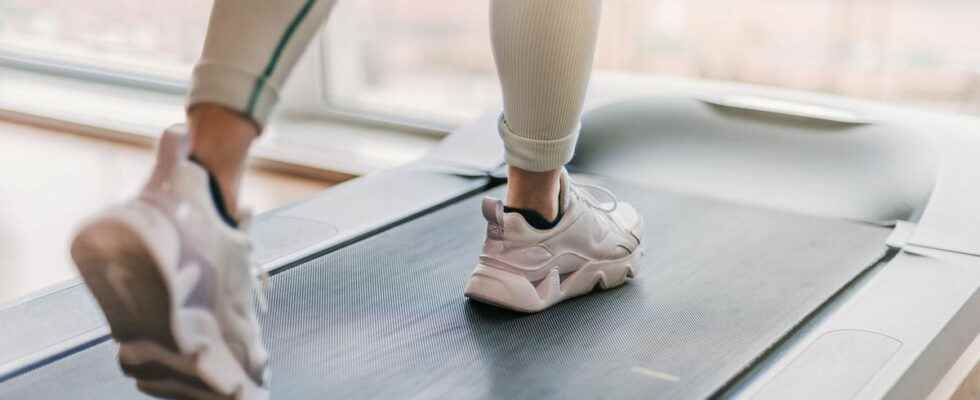Published on
Updated
Reading 2 mins.
You may have never thought about it: what if instead of doing classic walking, you start walking backwards? This way of walking is said to offer many health benefits with improved balance and propriception. Explanations.
It may sound like a joke, but the subject is very serious: walking backwards can be a real alternative to traditional walking. With many benefits.
Walk backwards, really?
In the article published by The ConversationJack Mc Namara, lecturer in clinical exercise physiology and fellow at the University of East London, details the benefits of this type of walking, which is not a new fad, but rather a variation of running , which is called retro-running.
According to this expert, “Walking backwards leads us to take shorter and more frequent steps, which improves muscular endurance in the leg muscles while reducing the load on our joints”.
To be able to practice walking backwards, it is essential to first choose flat ground, to avoid falls! You also have to be sure enough of yourself while walking so as not to be tempted to look over your shoulder. Be careful to perform the stepping movement correctly by unrolling the foot from front to back with each inverted stride. While extending the big toe backwards with each step.
To apply this technique to each step and gain confidence, it is better to cover short distances, a few tens of meters, each time. It is possible to carry out this activity indoors, on a treadmill, by varying the speeds and inclinations of the device.
Walking backwards, what are the benefits?
Instinctively, we know that walking backwards is not natural. However, it has many benefits, including stability and balance, prevention of low back pain, knee osteoarthritis, and creates greater energy expenditure than walking forward.
“Also, walking backwards causes us to take shorter and more frequent steps, which improves muscular endurance in the lower leg muscles while reducing the load on our joints.“adds Jack McNamara.
An activity easy to implement to respect the recommendations of the World Health Organization on this subject. To know “perform at least 150 to 300 minutes of moderate-intensity aerobic physical activity or at least 75 to 150 minutes of vigorous-intensity aerobic physical activity or an equivalent combination of moderate- and vigorous-intensity physical activity per week for reap substantial health benefits“.
